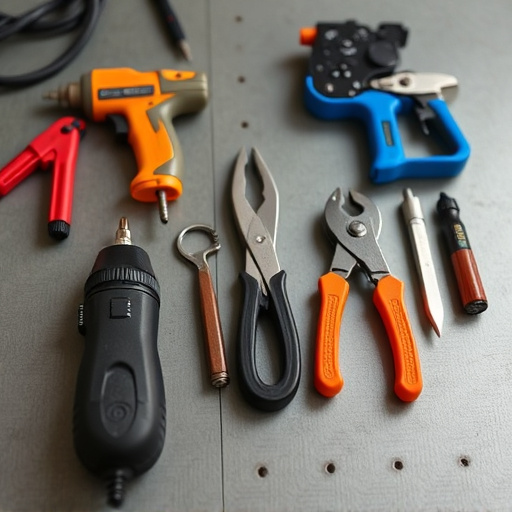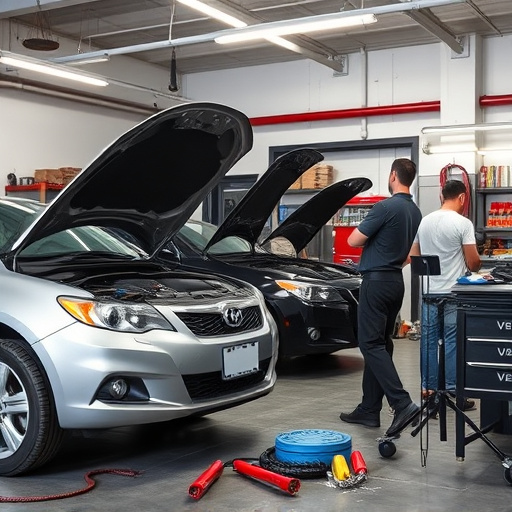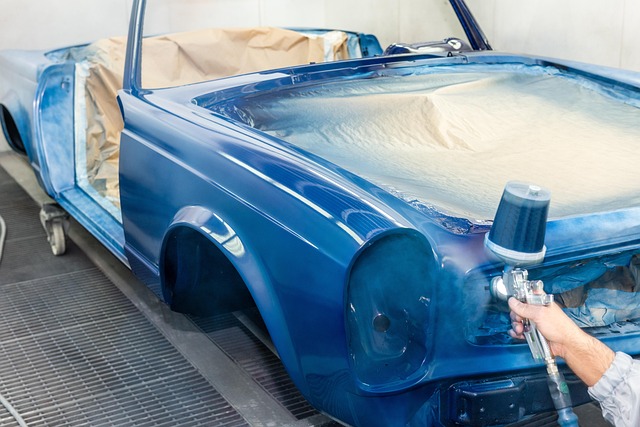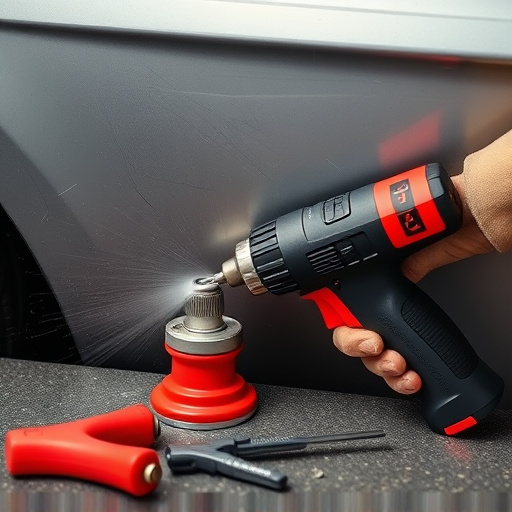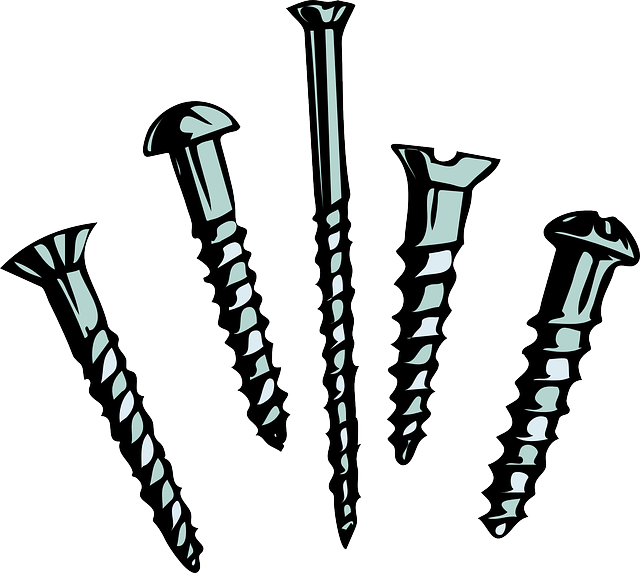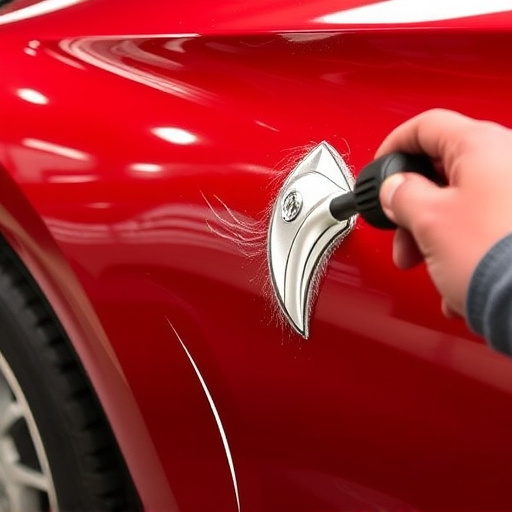Collision repair centers face complex approval processes in a competitive market, managing stakeholders like insureds, underwriters, and adjusters for efficient operations. Digital systems streamline claims tracking and communication, reducing manual effort and errors for faster turnaround times. Integrated workflows manage diverse repairs from dent removal to restoration, enhancing operational efficiency. Best practices include centralized approval systems and digital document management for clear decision-making, status visibility, and quick customer communication.
In today’s fast-paced retail landscape, managing multiple repair approval processes simultaneously is a complex yet crucial task for shops. With increasing product diversity and stringent customer expectations, efficient handling of repair requests is vital for maintaining satisfaction and operational fluency. This article delves into understanding intricate repair approval systems, offering streamlined strategies for management. We explore best practices to navigate simultaneous approvals, ensuring optimal efficiency and customer service within the repair process.
- Understanding Complex Repair Approval Systems
- Streamlining Processes for Efficient Repair Management
- Best Practices for Handling Multiple Approvals Simultaneously
Understanding Complex Repair Approval Systems

In today’s competitive market, many shops manage intricate repair approval processes simultaneously to cater to diverse customer needs. This involves navigating a complex web of insurance requirements, legal obligations, and internal policies for various types of repairs, including vehicle collision repair and autobody repairs. Each client, whether it’s an individual or an insurance company, may have specific expectations and guidelines that need to be followed precisely.
Understanding these repair approval processes is crucial for efficient shop operations. Collision repair centers must be adept at managing multiple stakeholders, such as insured parties, underwriters, and adjusters, while ensuring that every step of the autobody repairs process adheres to industry standards and regulations. This requires sophisticated systems to track claims, communicate updates, and obtain approvals in a timely manner, thereby streamlining the entire workflow and enhancing customer satisfaction.
Streamlining Processes for Efficient Repair Management

In today’s fast-paced business environment, efficient management of multiple repair approval processes is crucial for shops offering auto body services or collision damage repair. Streamlining these processes allows for quicker turnaround times and improved customer satisfaction. By implementing digital systems that automate initial assessments, estimate generation, and communication with insurance providers, shops can significantly reduce manual effort and potential errors. This not only expedites the entire repair approval process but also enables staff to focus on more complex tasks requiring human expertise.
Furthermore, integrating seamless workflows ensures that even when dealing with various types of repairs, from vehicle dent repair to auto body restoration, every step is tracked and managed effectively. Real-time updates and data visibility across departments foster better collaboration, allowing for informed decision-making at each stage. Such streamlined processes not only enhance operational efficiency but also position shops as providers of top-notch services, ready to meet the demands of modern consumers in a competitive market.
Best Practices for Handling Multiple Approvals Simultaneously
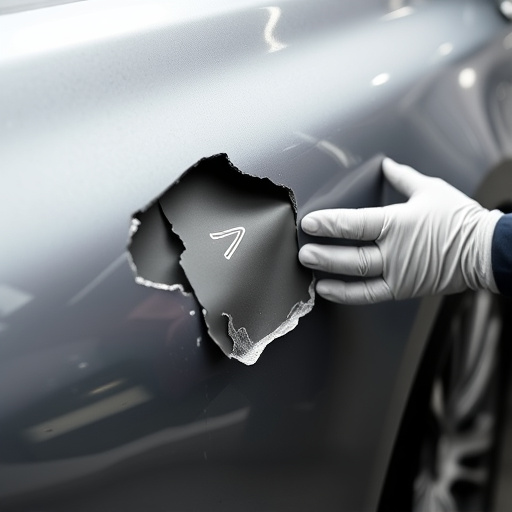
To manage multiple repair approval processes simultaneously, shops must adopt best practices that ensure efficiency and accuracy. One effective strategy is implementing a centralized approval system where all requests are funneled through a single point of contact, reducing confusion and streamlining decision-making. This approach allows for better visibility into each repair’s status, enabling quick response times and proactive communication with customers.
Additionally, utilizing digital platforms for document management and tracking can significantly enhance the process. Digital tools offer secure storage of policy guidelines, estimates, and customer consent forms, making it easy to access and share relevant information among approvers. Automation features can also help by triggering reminders, alerting stakeholders when actions are required, and generating reports on approval turnaround times, particularly beneficial for high-volume shops tackling a variety of repairs, from scratch repairs to Mercedes Benz collision repair.
Shops today face the challenge of managing complex repair approval systems, but by streamlining processes and adopting best practices, they can efficiently navigate multiple approvals simultaneously. Understanding the intricacies of these systems is key to enhancing operational efficiency. By implementing structured workflows, leveraging technology for seamless communication, and fostering open collaboration between stakeholders, shops can ensure timely decision-making during the repair approval process, ultimately improving customer satisfaction and workshop productivity.


